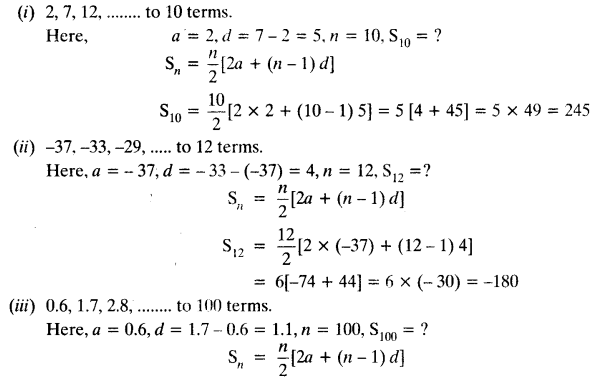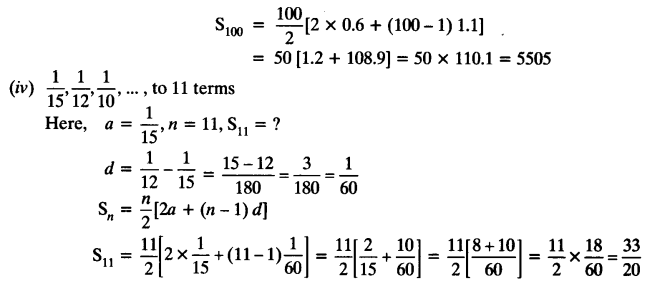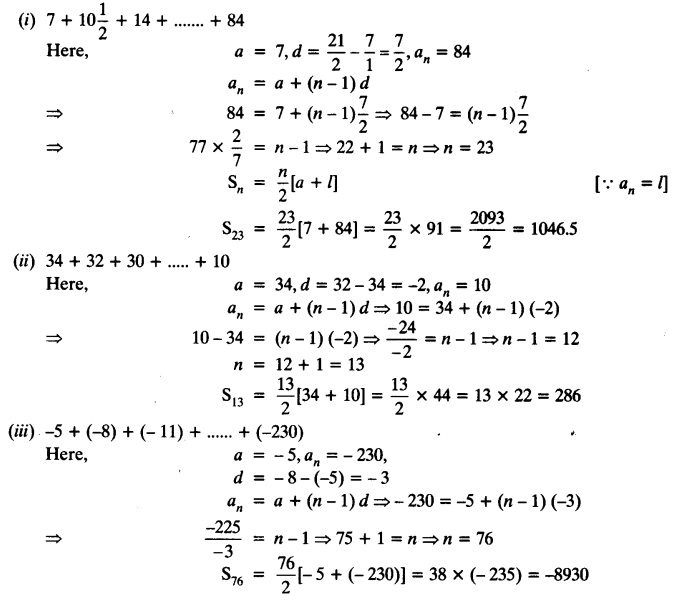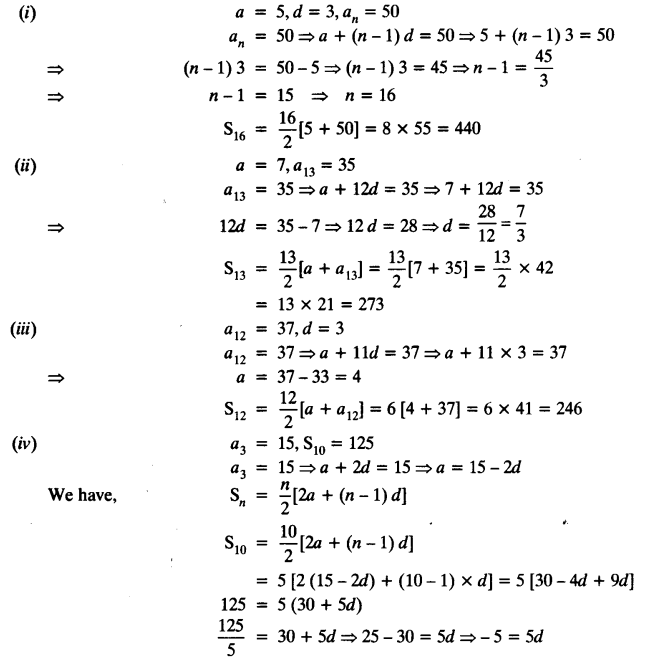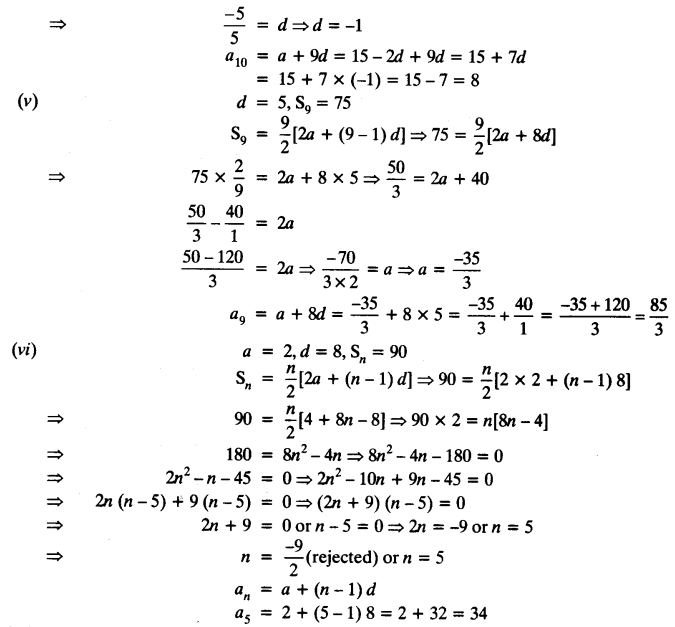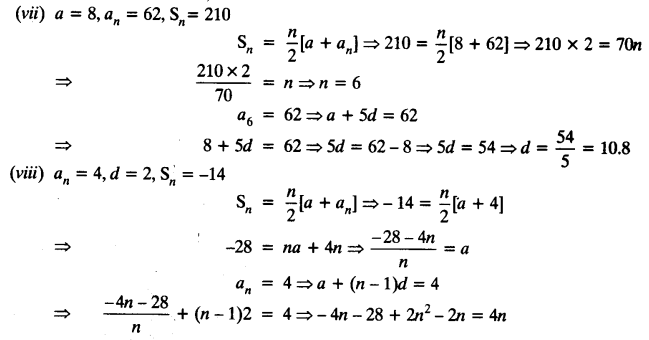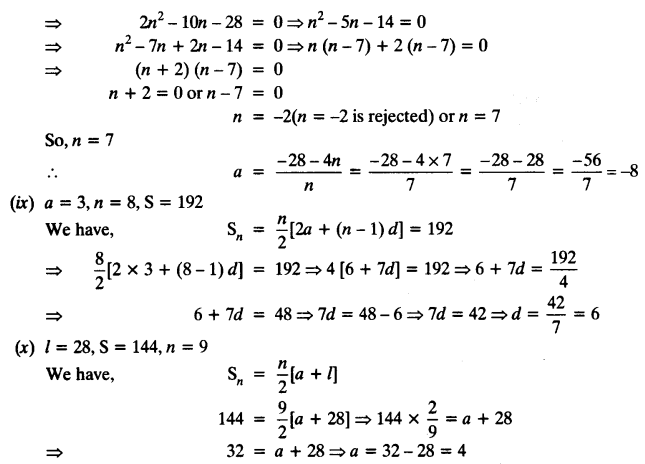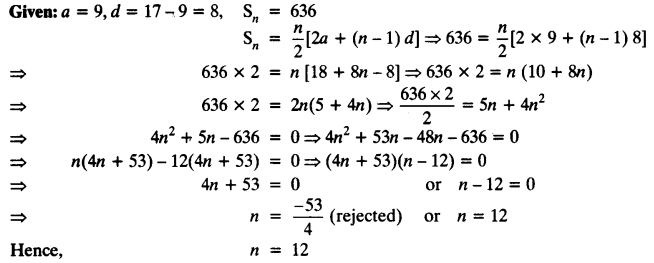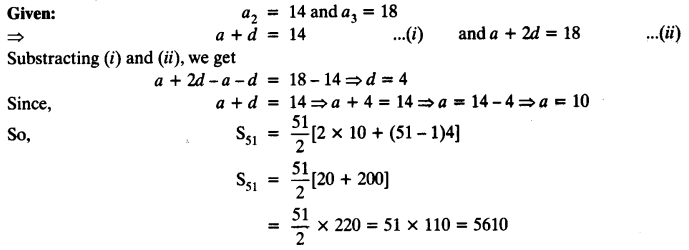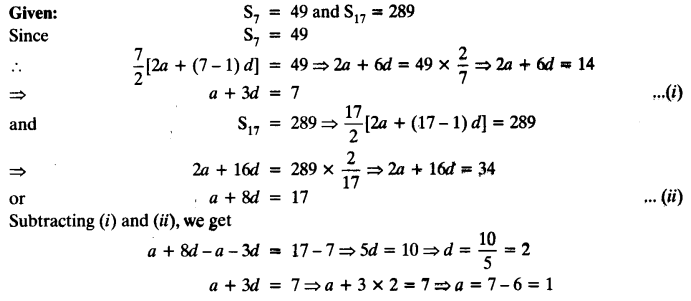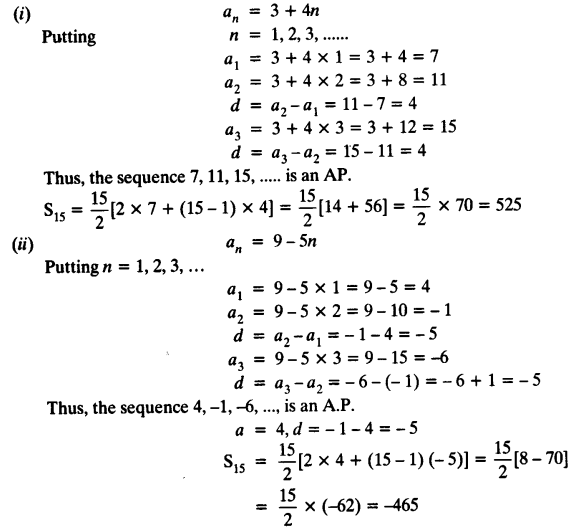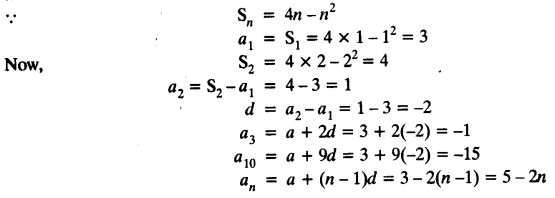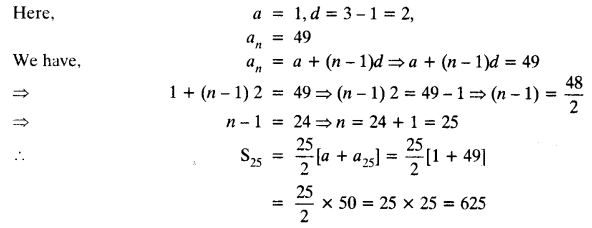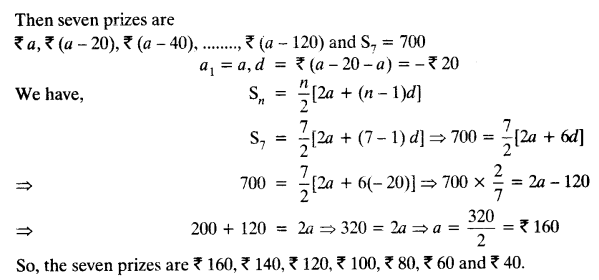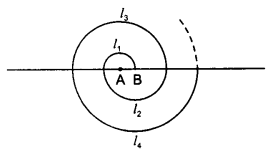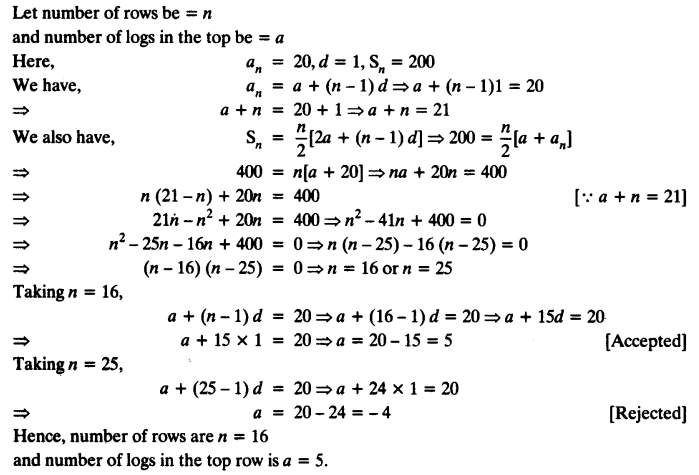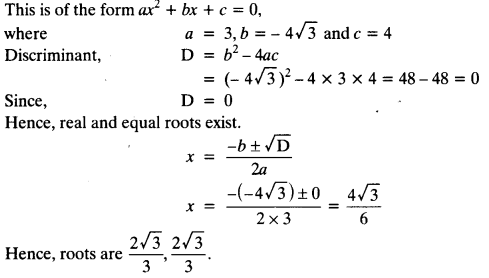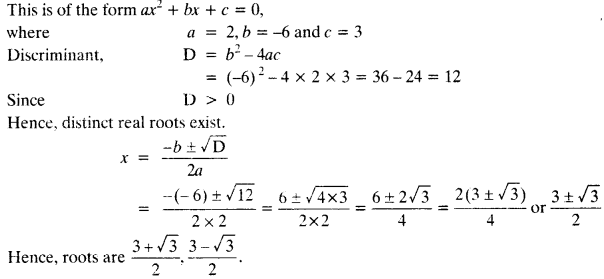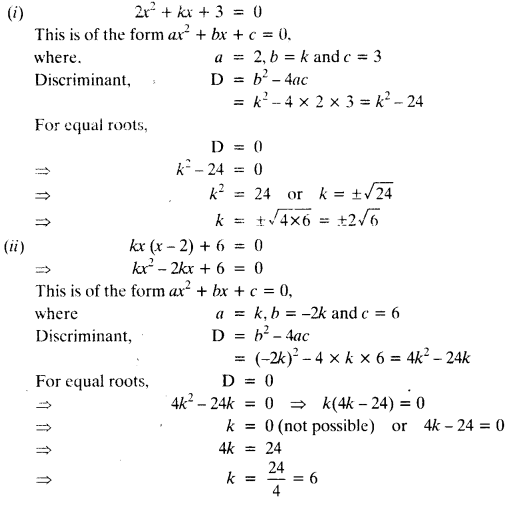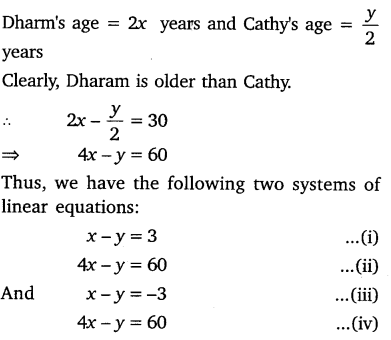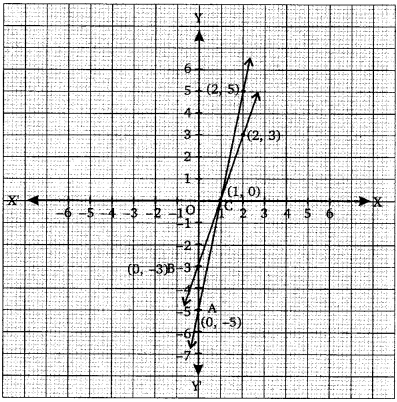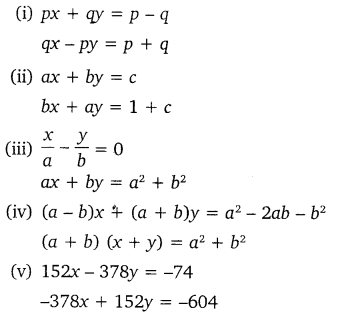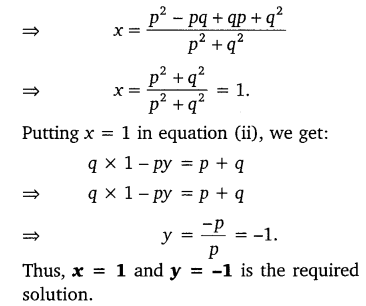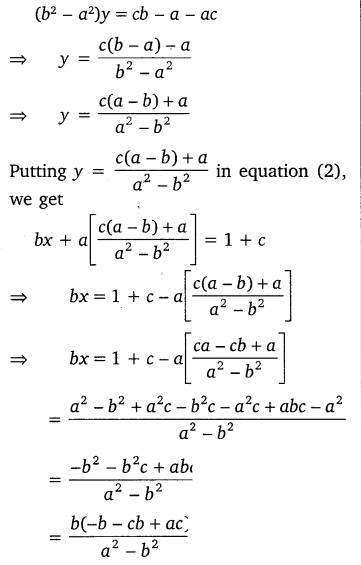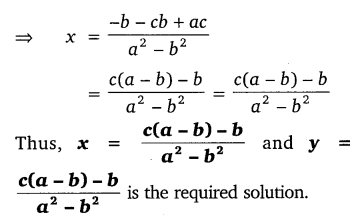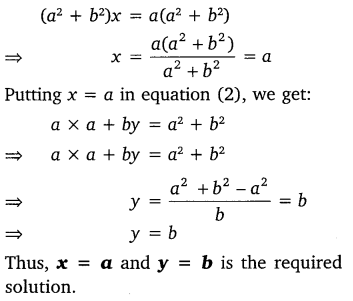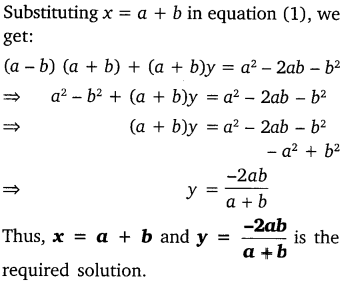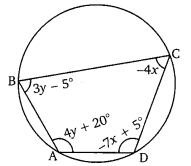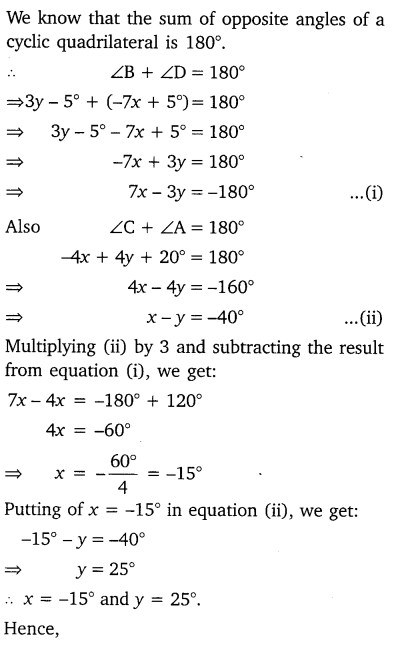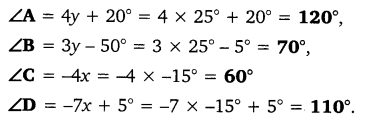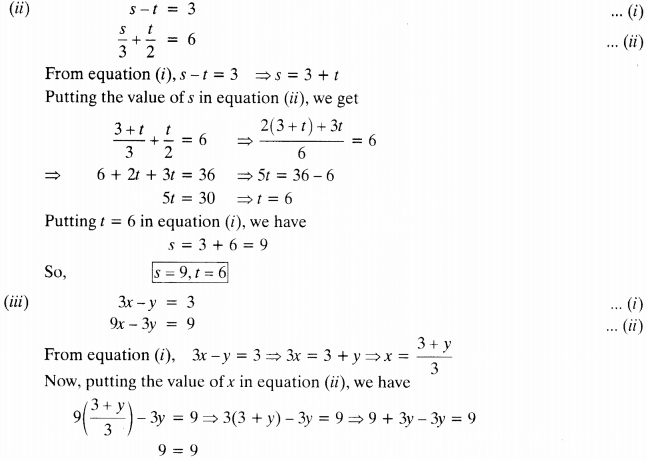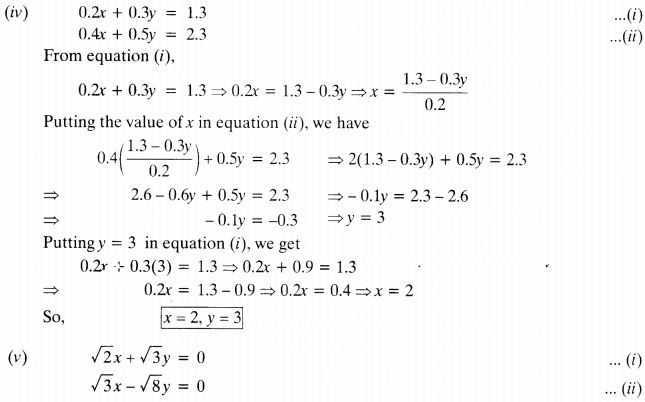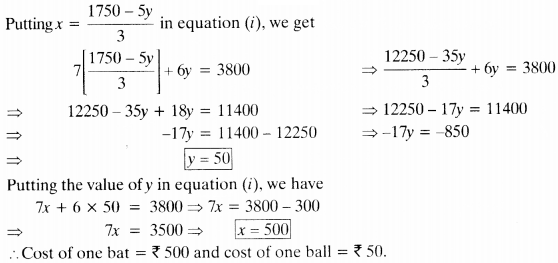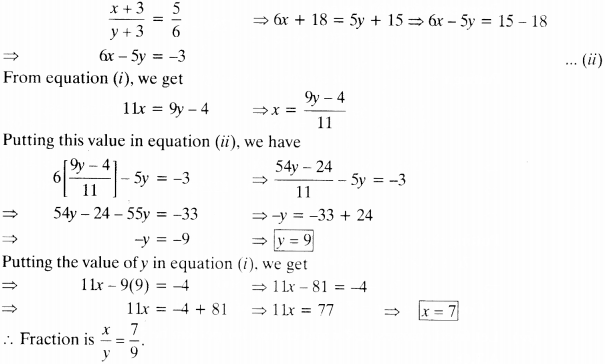Here we are providing Footprints without Feet Extra Questions and Answers Class 10 English Footprints Without Feet, Extra Questions for Class 10 English was designed by subject expert teachers.
Footprints without Feet Extra Questions and Answers Class 10 Footprints Without Feet
Footprints without Feet Extra Questions and Answers Short Answer Type
Question 1.
Why were the two boys in London surprised and fascinated?
Answer:
The two boys in London saw fresh muddy footprints appearing on the steps of a house but the barefooted man was not visible. So, they were surprised and fascinated.
Question 2.
What did Griffin do inside the store?
Answer:
Griffin broke open the boxes and wrappers and dressed himself in warm clothes. He ate and drank to his heart’s content. In the end, he laid down on the pile of quilts to sleep.
Question 3.
What did Griffin do in the shop of a theatrical company?
Answer:
He wore bandages round his forehead and put on dark glasses, a false nose, big bushy side whiskers and a large hat. He attacked the shopkeeper from behind and robbed him of all his money.
Question 4.
What was the “curious episode” that took place in the clergyman’s study?
Answer:
One morning, the clergyman and his wife were awakened by noise. They saw no person. They were shocked to find that their money had been stolen from the desk.
Question 5.
The landlord’s wife was convinced that Griffin was an “eccentric scientist”. What made her think of Griffin in these terms?
Answer:
Griffin remained indoors and did not mix up with others. His habits were strange and his appearance was fantastic. All these things of Griffin made the landlady think that he was an “eccentric scientist.
Question 6.
Griffin was rather a lawless person. Pick out instances which prove that he was lawless.
Answer:
He set fire to a house which didn’t belong to him. He tools away clothes without paying for them. He hit a shopkeeper and stole his money.
Question 7.
What did the scientist do when he became furious? Why were the people in the bar horrified? What happened to the constable?
Answer:
The scientist took off his bandages and spectacles and became headless. The people in the bar were shocked to see a headless man. Griffin hit the constable Jaffers hard and made him senseless.
Question 8.
How do you assess Griffin as a scientist?
Answer:
Griffin was a brilliant scientist. He invented some drugs and made himself as an invisible person. But he misused his scientific discovery and became a lawless person. Griffin was, thus not a true scientist.
Question 9.
Why did the landlord want to eject Griffin? Why did Griffin set the house on fire?
Answer:
The landlord wanted to eject Griffin from his house because his activities were whimsical. Griffin set the house on fire to take his revenge on the landlord.
Question 10.
Who was Mr Jaffers? What was his surprise?
Answer:
Mr JafFers was a police constable. His surprise was that he was ordered to arrest a lawless person who was totally invisible.
Question 11.
Why were they surprised when they opened the room?
Answer:
Both the clergyman and his wife were surprised because the room was empty. They searched everywhere but couldn’t find anyone. Yet the desk had been opened and the housekeeping money was missing.
Question 12.
What did the scientist do when Mrs Hall confronted him?
Answer:
When Mrs Hall confronted the scientist he threatened her and threw off his bandages, whiskers, spectacles, and even the nose in a minute. The people were horrified to see the headless man.
Question 13.
How did Griffin escape?
Answer:
Griffin began throwing off his bandages, whiskers, spectacles and even the nose. Then he became even more invisible by throwing off all the garments one after another. There followed a male and none knew where he was.
Question 14.
Do you think Griffin’s discovery was of any use to humanity?
Answer:
No, Griffin’s discovery, through remarkable, was of no use to anyone except himself. He began robbing money and other things and even assaulting people after he became invisible.
Footprints without Feet Extra Questions and Answers Long Answer Type
Question 1.
‘Brilliant scientist though he was, Griffin was a lawless person. Does this statement approve the apprehension that science in wrong hands is Devil’s Pandora Box?
Answer:
Griffin was a brilliant scientist. He had discovered a rare drug that could make a human body invisible. This made Griffin an arrogant lawless person. He broke the law more them once but never for a good reason. He could dedicate his discovery to his country but he didn’t do that. His lawlessness made the law helpless. All his actions prove that science in devil’s hand is disastrous.
Question 2.
‘Griffin could use his discovery for welfare of the people but misuses it to take revenge.’ Discuss with reference with the story Footprints without Feet.
OR
Do you think Griffin misused a scientific discovery or he took advantages of his discovery?
OR
Griffin misused his invention, instead of using it for the betterment of the society. Do you think moral values are important along with intellectual abilities? Discuss.
Answer:
Griffin was a scientist who had made a discovery due to which’he could be invisible. But he was rather a lawless scientist, who misused a scientific discovery for his petty, selfish gains. He set his landlord’s house on fire, when he asked him to vacate it. He entered the store invisible, stole clothes and food.
At another shop, he attacked the shopkeeper from behind and ran away after robbing his money. , At Iping, he stole the clergyman’s money from his desk and hit Mrs Hall by throwing a chair on her. He hurled blows on the police constable Mr Jaffers and knocked him down. In this way, Griffin misused his scientific discovery without making benefit to the mankind.
Question 3.
The modem world has created great scientific inventions. But very often these inventions are more misused than used for the benefit of man. Griffin had made wonderful discovery; but be used it for unlawful means. Write a paragraph on “Science is being more misused than used”.
Answer:
Science is being more misused than used. The present time is highly dependent on science and technology. In the 21st century, survival without gadgets and electronics is unimaginable. But there are various instances where science is being misused to create panic and terror in the society.
Scientific experiments on various deadly disease are let out to cause mass destruction. Technology is used more for warfare purpose, to kill and to terrorize. The resulting products of science have been valuable to human society and have greatly raised the quality of life. But they have also led to the growth of means to destroy human society.
Question 4.
“Scientific discoveries have made life easier but insecure.” Explain with reference to the story ‘Footprints without Feet’ written by H.G. Wells.
Answer:
There is no doubt that scientific discoveries have made life easier. Take any sphere of human activity, electricity, telecommunications, electronics, computer, etc, these have totally changed man’s life. We can interact and walk on moon. Trip to Mars is next on our agenda. We can fly like birds. Supersonic planes fly at more than the speed of sound. Wonderful drugs can overcome deadly diseases.lSurgery can replace defective limbs.
Despite all these discoveries, human life is becoming insecure. Weapons of mass destruction are a constant danger. The fear of chemical, or biological warfare looms large. Diseases like AIDS and SARS can destroy human race.
Question 5.
“A lawless scientist is a curse to the society.” Discuss.
Answer:
It is true, that a lawless scientist is a curse to the society. A true scientist uses his discoveries for the good of the society and welfare of the people. It helps the nations to progress. A lawless scientist increases the miseries and sufferings of society. In this story, we find how Griffin misuses his discovery.
He causes pain and suffering to others. He causes destruction. Suppose the nuclear weapons fall in the hands of a lawless scientist, he can cause widespread destruction. He may ruin the achievements of other scientists. That’s why the leaders of the world are worried about chemical weapons falling into the hands of lawless heads of governments or terrorists. If this happens, all the scientists of the world will be doomed.
Question 6.
How did the invisible man first become visible?
Answer:
Griffin was completely invisible until he happened to step in some mud, which caused him to leave footprints as he walked. Two boys noticed these footprints and followed him as long as the prints were visible. Griffin, after getting rid of them, went into a big London store to put on some warm clothes. After the store was shut, he got himself dressed in an overcoat and a wide-brimmed hat. He also put on a pair of shoes. This made him visible to the people who came to work at the store the next day.
Question 7.
Why was he wandering the streets?
Answer:
Griffin was a lawless person. His landlord disliked him and tried to get rid of him. In revenge, Griffin set fire to his house. He had to remove his clothes to get away without being noticed. This was why he had become a homeless wanderer—without clothes and money.
Question 8.
Why does Mrs Hall find the scientist eccentric?
Answer:
The arrival of a stranger at an inn in winter was in itself a strange occurrence. In addition, the stranger had an uncommon appearance. Inspite of Mrs Hall’s repeated attempts to be friendly, he would respond in a closed manner. He told her that he had no desire to talk and wanted to live in solitude. He did not wish to be disturbed in his work. For all these strange reasons, she regarded him as an eccentric scientist.
Question 9.
What curious episode occurs in the study?
Answer:
A clergyman and his wife were awakened by some strange noises in the study very early in the morning. Creeping downstairs, they heard the chink of money being taken from the clergyman’s desk. He and his wife looked under the desk and behind the curtains, and even up the chimney. There wasn’t a sign of anybody. Yet the desk had been opened and the housekeeping money was missing.
Question 10.
What other extraordinary things happened at the Inn?
Answer:
The landlord and his wife were surprised to see the door of the scientist’s room open. Usually it is shut and locked and Griffin becomes furious if anyone enters his room. So they did not want to miss this opportunity. They peeped round the door, and finding nobody inside, decided to enter and investigate. The bedclothes were cold, showing that the scientist must have been up for some time now. All of a sudden Mrs Hall heard a sniff close to her ear. A moment later that hat on the bed suddenly leapt up and dashed itself onto her face.
Then the bedroom chair became alive. Springing into the air, it charged straight at her legs. As she and her husband turned away in terror, the extraordinary chair pushed them both out of the room and then appeared to slam and lock the door after them. Mrs Hall almost fell down the stairs in hysterics. She was, by now, convinced that the room was haunted by spirits and the stranger had somehow caused these to enter into the furniture.
Question 11.
“Griffin was rather a lawless person.” Comment.
Answer:
It is rightly said that Griffin was a lawless person. A person who follows law and order of the country can not think of damaging other’s property. But Griffin set fire to the house and became a homeless wanderer. He also robbed a shopkeeper of all the money he could find. He also stole the housekeeping money from the clergyman’s desk. Griffin also attacked Mrs Hall when she entered his room. All these activities and instances prove that he was not a law abiding citizen.
Question 12.
How would you access Griffin as a scientist?
Answer:
After repeated experiments, Griffin had discovered how to make the human body invisible. This was a big achievement. However, he misused his discovery for personal gains and for hurting others. Thus, though he can be termed as a brilliant scientist, he was not a noble one.
Question 13.
Would you like to become invisible? What advantages and disadvantages do you foresee, if you did?
Answer:
Yes, I would like to become invisible. It would be fun. I would be able to see everyone without being seen. I would be able to enjoy all activities. I may go to movie hall without paying for it. I would also help the police in nabbing the criminals. But being invisible would be a disadvantage also. I will be able to see all but nobody would see me. I will not get any recognition for my work.
